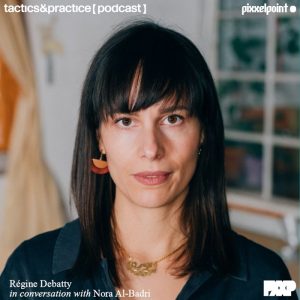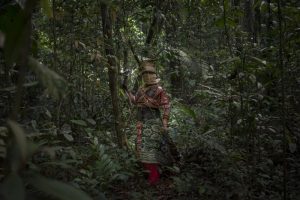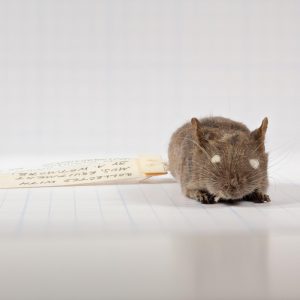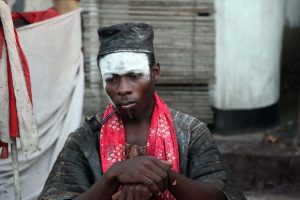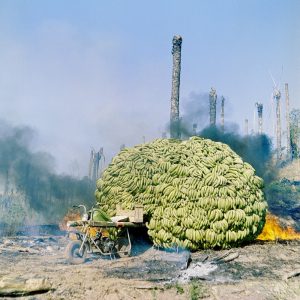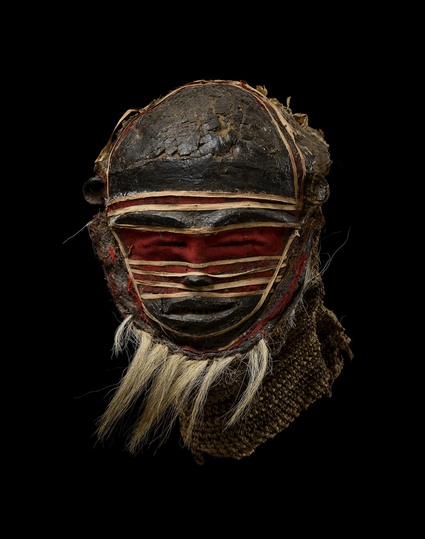 Mask. Central PENDE; DRC. Royal Museum for Central Africa. Gift from R. P. Biebuyck. Registered in 1929. Studio R. Asselberghs – photo F. Dehaen, RMCA Tervuren ©
Mask. Central PENDE; DRC. Royal Museum for Central Africa. Gift from R. P. Biebuyck. Registered in 1929. Studio R. Asselberghs – photo F. Dehaen, RMCA Tervuren ©
Last Friday, it was sunny, i took the old tram number 44 from Brussels center through the forest of Tervuren and to the Royal Museum for Central Africa. This ethnographical and natural history museum was built to show off King Leopold II’s Congo Free State (a rather cynical way to name his personal colony) for the 1897 World Exhibition. The museum was conceived as a window that would demonstrate Belgium’s role in “bringing civilization” to its colony and show investors the economic potential of an unknown territory. Plundering and sufferings shadow the creation of the museum. Congo was after all defined by Rudyard Kipling as a territory “where there are no 10 commandments”.
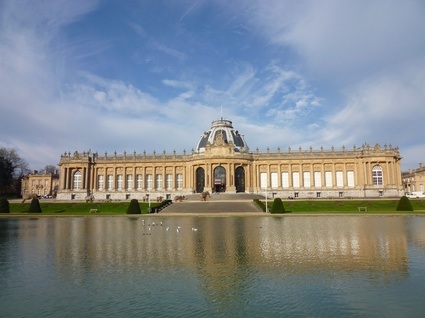
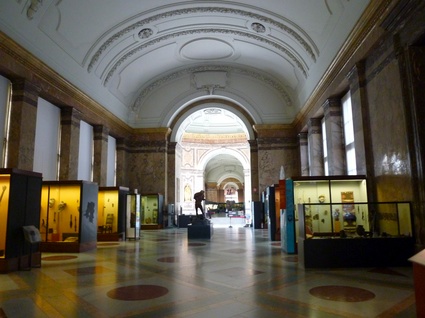
The layout and design of the museum is in dire need of modernization (that’s on its way i was told) but it’s a fantastic place to visit. Especially until early January as the RMCA is running a spectacular exhibition dedicated to masks.
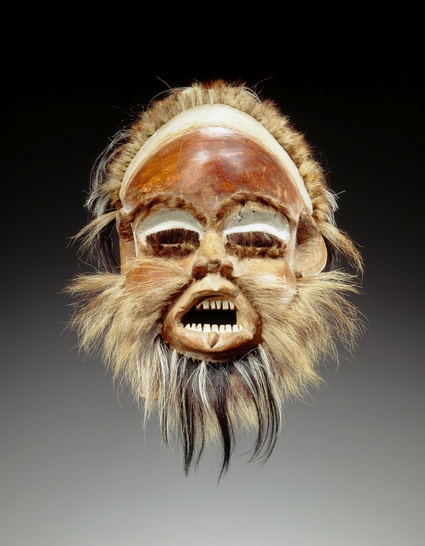 Mask. LUBA; Mwanza region, DRC. Royal Museum for Central Africa. Mission by A. Maesen. Registered in 1955. Photo R. Asselberghs, RMCA Tervuren ©
Mask. LUBA; Mwanza region, DRC. Royal Museum for Central Africa. Mission by A. Maesen. Registered in 1955. Photo R. Asselberghs, RMCA Tervuren ©
Persona. Ritual Masks and Contemporary Art features 180 ritual masks brought side by side with contemporary works by African artists or African diaspora members, which explore the question of identity, self-respect and representation of the Other.
I was so impressed by the masks that i hardly paid any attention to the contemporary art pieces. Except one.
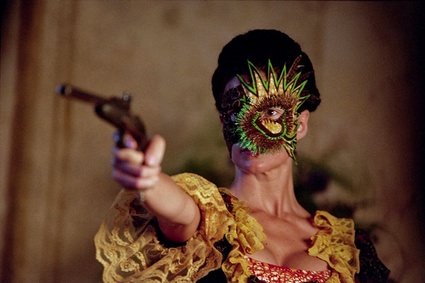
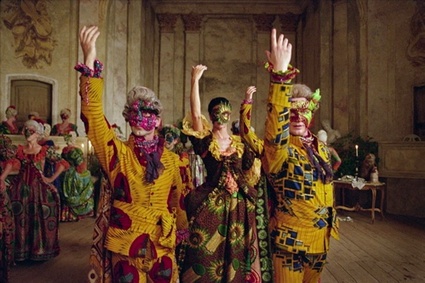 Yinka Shonibare, Un Ballo in Maschera (A Masked Ball) video still, 2004
Yinka Shonibare, Un Ballo in Maschera (A Masked Ball) video still, 2004
Yonka Shonibare’s Un Ballo in Maschera (a Masked Ball) presents the assassination of King Gustav III of Sweden in 1792. The video is actually about Iraq. When the invasion of Iraq was first announced, Shonibare was doing a residency in Sweden. He explained his work to Richard Lacayo: Gustav III was fighting wars with Denmark and Russia. Things were not great at home, but he had these expansionist ambitions. So I was thinking about America and expansionist ideas and the cost. Gustav spent a lot of public money on this useless project, his wars, ambitions that weren’t going anywhere.
Dancers wear masks and costumes which are styled like European ones but made in wax, a fabric worn by African women and originally manufactured by the Dutch. They were designed for the Indonesian market but ended up in Central and West Africa. Africans embraced the fabrics and made them part and parcel of their own culture.
Un Ballo in Maschera (a Masked Ball) introduces perfectly Persona, a show that explores theme of identity, a mask’s capacity to both hide or reveal.
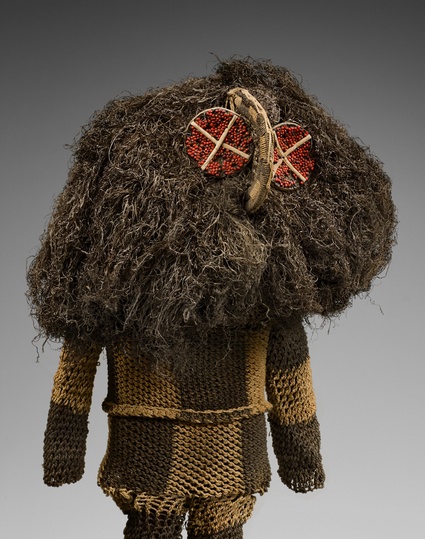 Njui Guicha mask. MADA; Andaha, Nigeria. Royal Museum for Central Africa. Registered in 1966. Studio R. Asselberghs – Photo F. Dehaen, RMCA Tervuren ©
Njui Guicha mask. MADA; Andaha, Nigeria. Royal Museum for Central Africa. Registered in 1966. Studio R. Asselberghs – Photo F. Dehaen, RMCA Tervuren ©
In Latin, Persona referred to the actor’s mask…In a very general way, the persona is the mask worn by each person in order to respond to the demands of life in society’ (Encyclopaedia Universalis).
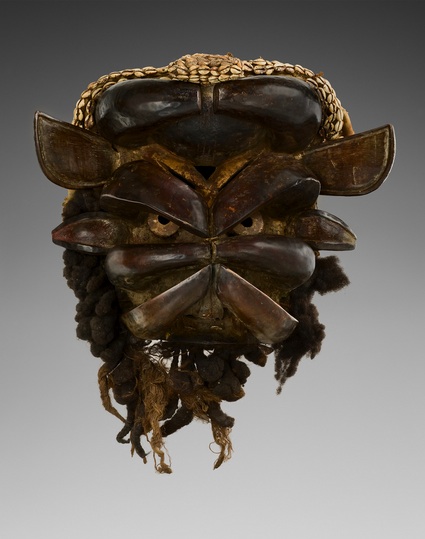 Mask. WE; Côte d’Ivoire. Collection of Mina and Samir Borro. Studio R. Asselberghs – foto F. Dehaen, RMCA Tervuren ©
Mask. WE; Côte d’Ivoire. Collection of Mina and Samir Borro. Studio R. Asselberghs – foto F. Dehaen, RMCA Tervuren ©
Many of the ritual masks were brought to Europe by missionaries, military officials, colonial administrators who had set foot in Africa convinced they would bring civilization to grateful tribes. Most of them accumulated masks as if they were mere trophies without taking the trouble to inquire about nor document their context. Zoologist Gaston-François De Witte (1897-1980), however, had enough good sense and genuine interest to carefully record each mask name and ask their wearer to pose in front of his camera, in full-length, three-quarter and profile poses.
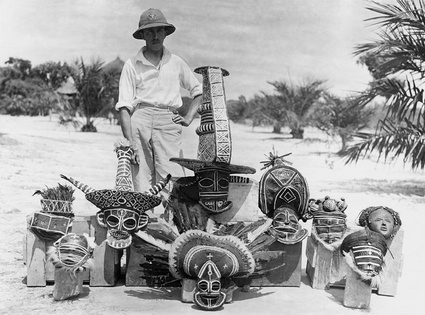 Photo G. de Witte, 1931. Coll. RMCA Tervuren; RMCA Tervuren ©
Photo G. de Witte, 1931. Coll. RMCA Tervuren; RMCA Tervuren ©
The masks are arranged in 18 thematic groups: religious uses, witchcraft, communication with supernatural entities, funeral rituals, secret societies, mockery, masks representing female beauty, fertility, animals, etc.
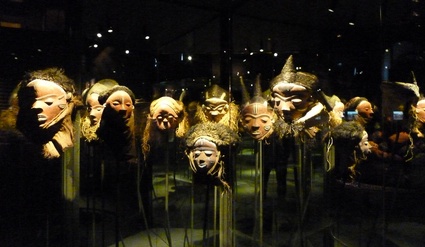 Exhibition window
Exhibition window
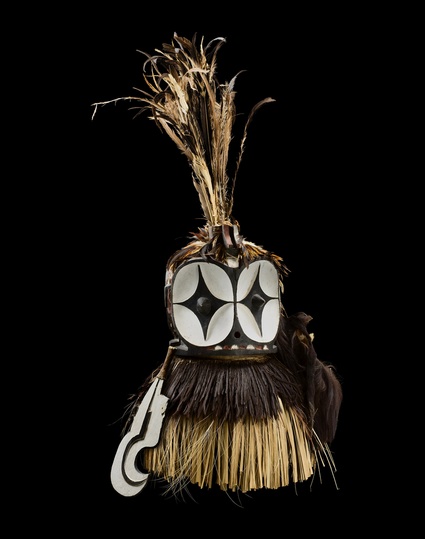 Alunga mask. BEEMBE, subgroep BASI-MUKINDJI; Ramazini, DRC. Royal Museum for Central Africa. Present from A. Derycke. Registered in 1954. Studio R. Asselberghs – foto F. Dehaen, RMCA Tervuren ©
Alunga mask. BEEMBE, subgroep BASI-MUKINDJI; Ramazini, DRC. Royal Museum for Central Africa. Present from A. Derycke. Registered in 1954. Studio R. Asselberghs – foto F. Dehaen, RMCA Tervuren ©
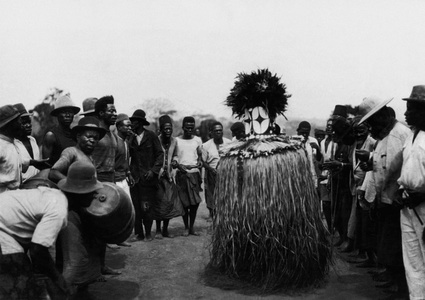 illustration Alunga mask. Coll. RMCA Tervuren; Photo: anonymous, RMCA Tervuren ©
illustration Alunga mask. Coll. RMCA Tervuren; Photo: anonymous, RMCA Tervuren ©
It is almost always men who are responsible for masks, even when they represent women. Men sculpt and wear the masks and organize their related activities. One exception exists in Liberia and Sierra Leone, where women have a secret society within which they themselves manage the performances of the Sowei (wooden helmet masks). These objects, always sculpted by men, are worn by female members. They evoke a primordial ancestor, and the series of ancestors who are supposed to facilitate fertility. The Sowei appear especially to assist young girls during excision.
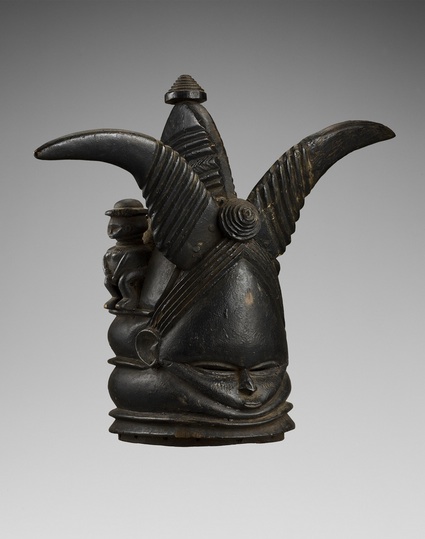 Sowei mask. MENDE; Sierra Leone. RMCA. Registered in 1973. Studio R. Asselberghs – photo F. Dehaen, RMCA Tervuren ©
Sowei mask. MENDE; Sierra Leone. RMCA. Registered in 1973. Studio R. Asselberghs – photo F. Dehaen, RMCA Tervuren ©
I can’t recommend the visit of Persona. Ritual masks and contemporary art enough. First, there’s the museum, its colonial-era hauteur is so un-PC, it sometimes made me cringe but it needs to be experienced before the place is renovated to a modern, polite and friction-proof version of itself. The Persona exhibition itself presents the most breathtaking collection of masks i’ve ever seen. Anne-Marie Bouttiaux, the curator of Persona, gives more details about the exhibition in an essay you can read over here.
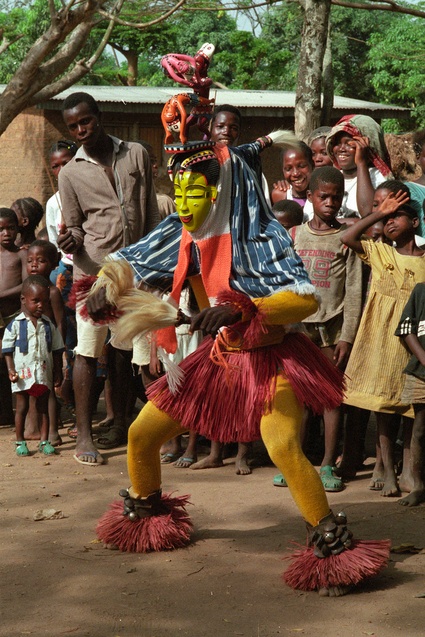 Illustration byela lu zauli mask. Coll. RMCA Tervuren; Photo A.-M. Bouttiaux, RMCA Tervuren ©
Illustration byela lu zauli mask. Coll. RMCA Tervuren; Photo A.-M. Bouttiaux, RMCA Tervuren ©
More images in my flickr set. Loads of pictures and information on Arts Premiers.
Persona. Ritual masks and contemporary art is open until 3 January 2010 at the Royal Museum for Central Africa, Tervuren, near Brussels.
Related story: Tarzan, the Leopard Men and the Musée du Quai Branly in Paris.

